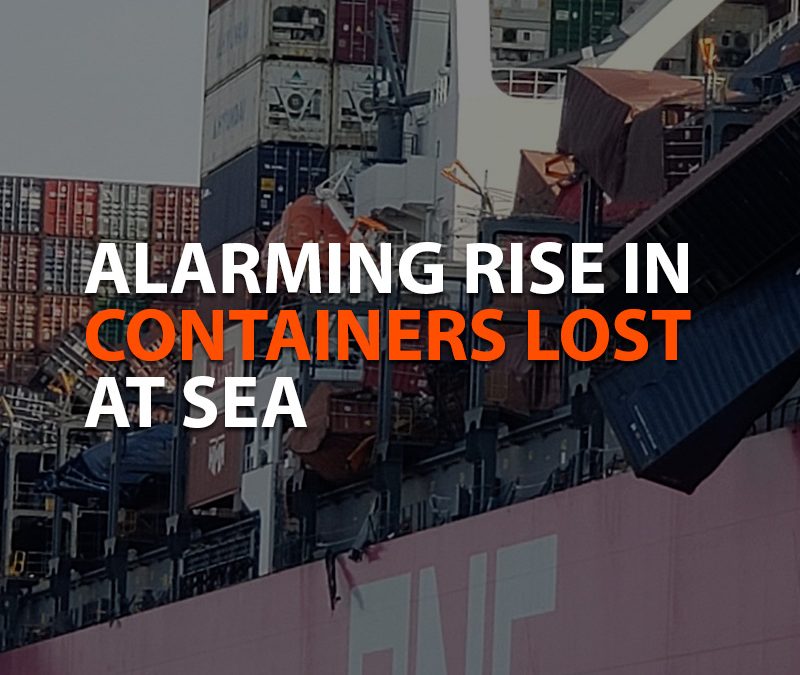The freight shipping industry is experiencing the largest increase in containers lost at sea for seven years. More than 3,000 containers fell into the sea in 2020, and more than 1,000 have fallen overboard so far in 2021, Bloomberg reports.
There are a series of reasons for the sudden increase in accidents. The weather is becoming more unpredictable as the ships get larger, allowing the containers to be stacked higher than ever.
An increase in e-commerce has greatly exacerbated the situation after consumer demand soared during the pandemic, making it more urgent than ever for shipping lines to deliver products as quickly as possible.
After hurricane force winds and large waves hit the ONE Apus in November, with the loss of 1,800 containers, the images showed thousands of boxes of steel scattered on board like Lego pieces, some broken into shards of metal.
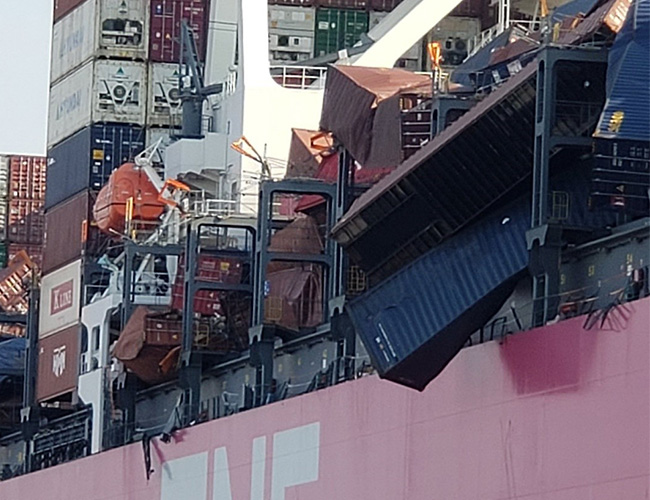
The incident was the worst since 2013, when the MOL Comfort broke into two and sank with its full cargo of 4,293 containers in the Indian Ocean.
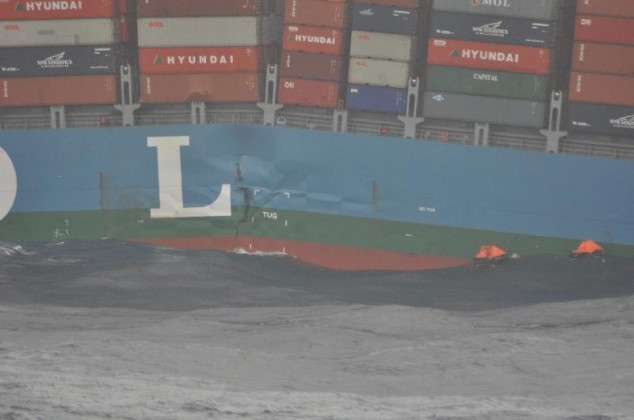
In January, the Maersk Essen lost about 750 containers while sailing from Xiamen to Los Angeles. A month later, 260 containers fell from the Maersk Eindhoven when it lost power in heavy seas.
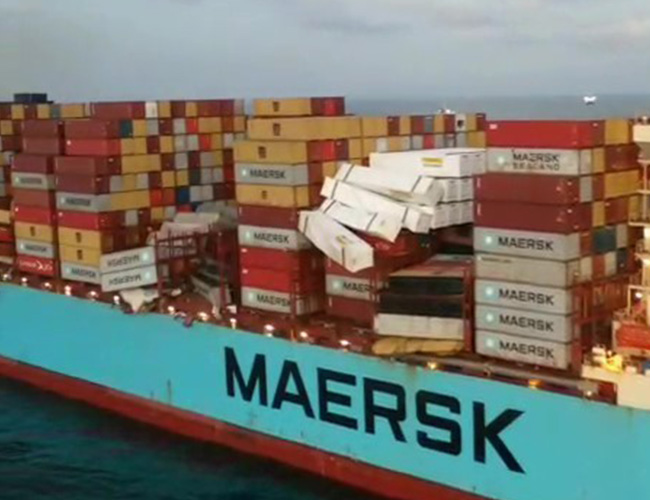
A hard voyage
With 226 million containers shipped per year, losing 1,000 or more might seem like a drop in the ocean. “That’s a very small percentage lost,” said Jacob Damgaard, associate director of loss prevention at Britannia P&I at a conference in Singapore on 23 April. “But it accounts for almost 60% of the monetary value of all container incidents.”
At an average of $50,000 per container, the ONE Apus was estimated to have lost $90 million in cargo alone, the highest figure in recent history, according to Jai Sharma, a partner at the maritime legal firm Clyde & Co. Losses so far this year have amount to an estimated $54.5 million, Bloomberg data shows.
The matter is also gaining attention, since the grounding of the Ever Given vessel in the Suez Canal last month showed the vulnerability of the shipping industry. The mega-ship blocked traffic through the vital waterway for almost a week, and its impact on world trade is still being felt.
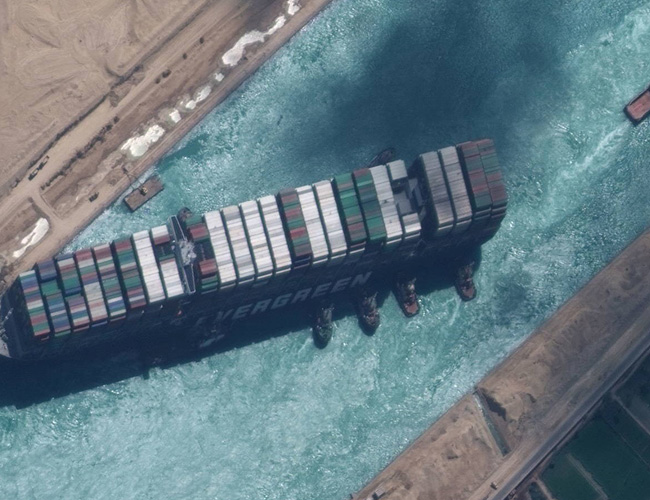
Security Failures?
So far, none of the recent container accidents has been directly caused by security failures. The International Maritime Organization (IMO) said that it is still awaiting the results of investigations into the latest incidents and warned against reaching conclusions before they are completed.
But many experts say the situation has become more dangerous because of pressure on supply chains since the pandemic began.
This is why, today more than ever, you need basic Lashing material that ensure that the cargo is properly fixed to the ship. Losses from not having top-quality, certified, and undamaged products can run into many millions of dollars.
Instability of the vessel
When the units are stacked higher and higher, a ship may become more unstable in a storm; relentless waves can cause the ship to move at steep angles, which puts pressure on the container fastening.
The situation is still worse if the stack is very heavy on top. This can happen when container bills of lading (BLs) show incorrect weights, which many in the industry say happens far too often.
“You can’t see inside the containers,” said Arnaldo B. Romero, a captain who sailed from Japan to South America late last year. “So, when the load is heavy and the official responsible for planning the cargo places it high up, during the rocking of the ship, we may lose control.”
Lives at Risk
Overworked crews also increase risks. The reduction in manpower on board ships, coupled with a greater number of containers on deck, makes it increasingly difficult for crews to inspect each bar and screw properly, said Neil Wiggins, managing director of Independent Vessel Operations Services Ltd.
How to tackle this situation?
“Traffic at sea is different from what it was 10 years ago,” said Rajesh Unni, founder of Synergy Marine Group, which provides services to ship owners. “How do we adapt as an industry? It is inappropriate to involve the captain, but we have to look at how the port infrastructure should change, how the ships transit”.
The IMO says that the countries under whose flags the ships sail are responsible for issuing the ships with safety certificates, while the ports at which the ships call are responsible for ensuring that regulations covering container loading are followed.
The agency said its freight shipping subcommittee routinely reviews container matter and has arranged its next meeting for September.
Except for the effect of 2013 (the collapse of the MOL Comfort), container losses have remained relatively stable over the last decade, despite these factors.
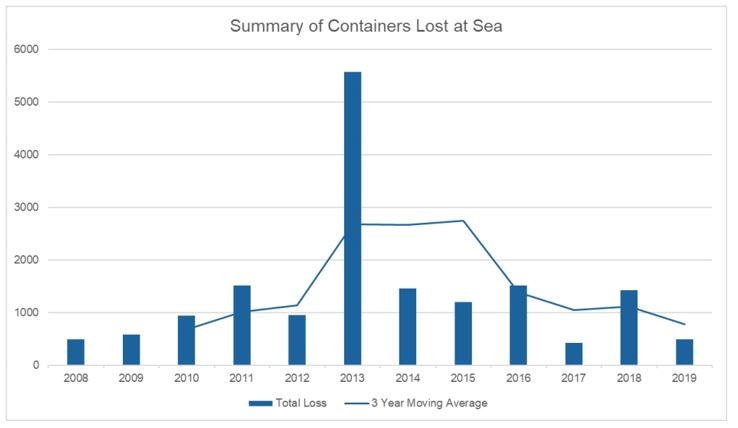
Source:
Extracted from https://www.larepublica.co/globoeconomia/contenedores-de-envio-caen-por-la-borda-al-ritmo-mas-rapido-en-los-ultimos-siete-anos-3160595 & Alsum.co

